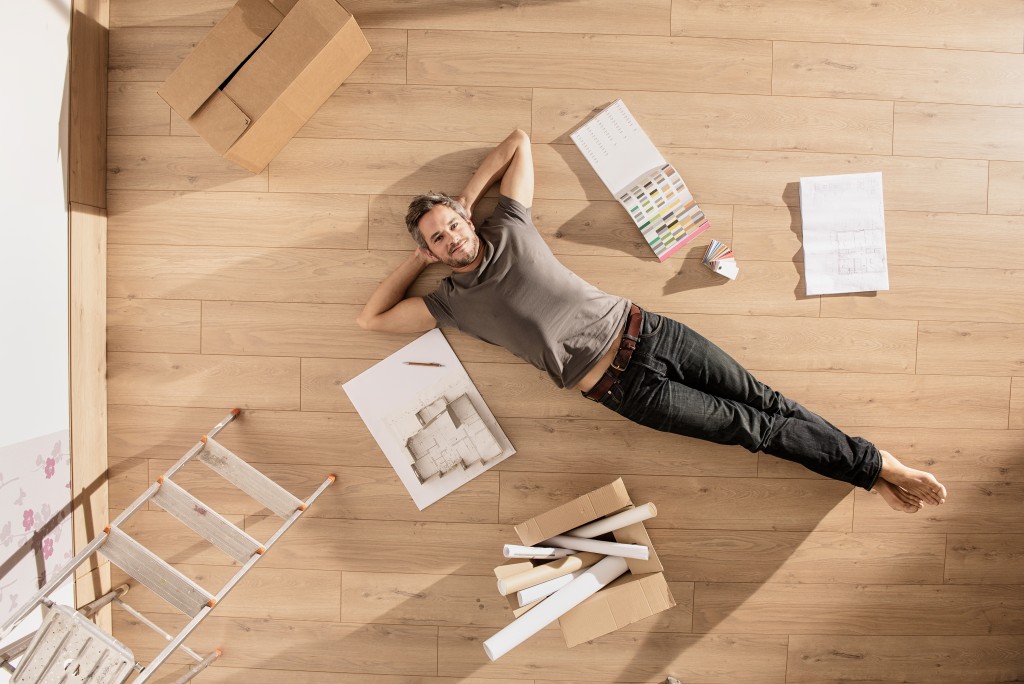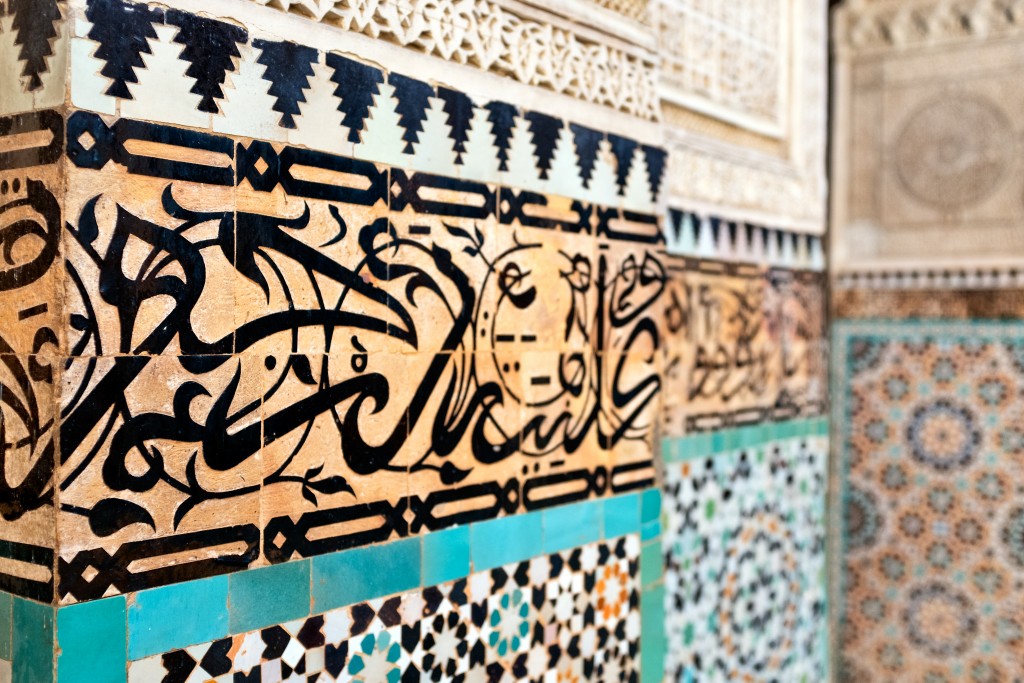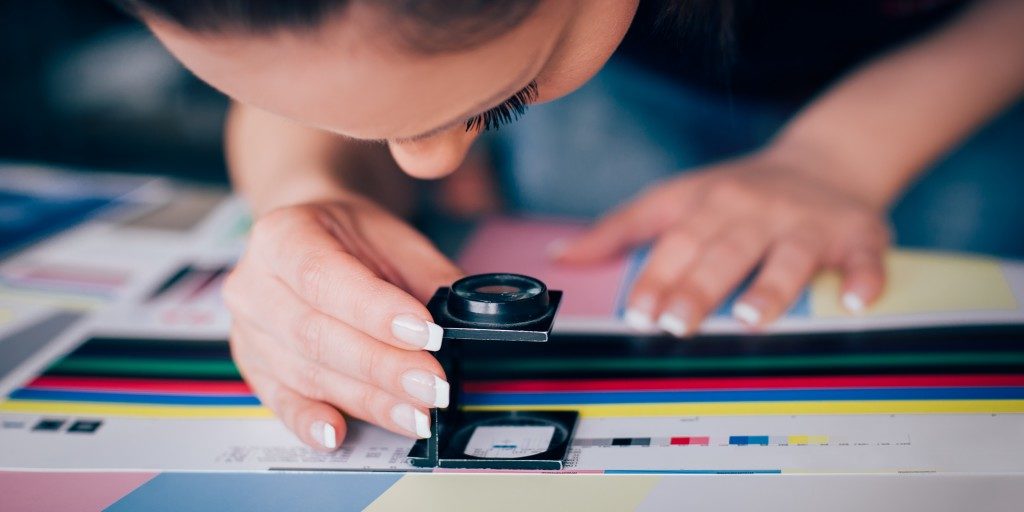Many view Morocco as a destination surrounded by mystery and beauty—and the breathtaking Moroccan architecture reflects these.
Although modern structures have emerged and formed a part of Moroccan architecture, it’s the ancient structures that exude architectural marvels from years gone by—giving it its unique flair. Moroccan architecture dates back from 110 BCE, known for its iconic pisé (mud brick) building, and has changed over the years since Moorish exiles from Spain and France occupied the country in 1912.
Moroccan architecture has its exotic charms, and many visit the nation to enjoy a world steeped in tradition and culture, making the practice timeless and unique. Although many countries have influenced architecture in Morocco, it’s usually a blend of African and religious design styles, with the latter dominating the combination. However, ‘Moroccan architecture’ isn’t limited to the structures themselves, but lavish gardens and decorations also use the deep and contrasting colors exclusive to it.
If you’re intrigued and want to implement some timeless art in your home, the classic Moroccan tiles can give you just that, but these can be expensive. However, you can still recreate the experience by asking your flooring replacement contractor for similar patterns and designs for your home. ;
To help you appreciate Moroccan architecture more and understand its true value, here are the reasons why it’s timeless and loved by many.
A Real ‘Masterpiece’
Moroccan architecture is culture-rich, mysterious, and as diverse as the nation’s landscape. The native Berbers, indigenous individuals, foreign invaders, and religious and cultural influences have shaped the country’s architectural practice and style. These different influences have shaped it to be the ‘Moroccan architecture’ people know and love today, making it a genuine ‘masterpiece’ for all to enjoy.

Inspiration from All Over the World
Although Moroccan architecture has been around since the 110 BCE, it has undergone a few changes thanks to invaders and immigrants settling in the country. The nation has been influenced by Spain, France, Berber, and Islamic styles. Between the old walls of the Kasbah (castle) and modern buildings, all structures are influenced by those nations or religions. Even after a decade later, most constructed spaces follow these traditional practices, making it a timeless masterpiece.
Passionately Crafted to the Smallest Details
A unique characteristic of Moroccan architecture is its use of geometric patterns and vibrant colors, often using a classic Morrocan tile decor known as ‘Zelij.’ This style is used in almost every structure in Morocco, giving it uniqueness and beauty.
The Best Handwork
Although the most distinct aspect of Moroccan architecture is the unique exterior designs of the buildings and internal work on its walls and ceiling, every door, surface, or piece of furniture ensures the highest quality possible. That’s because Moroccans still make all of these using the finest earth elements, including iron and wood. Additionally, they attach great importance to every aspect of their constructed spaces. For instance, even in simple homes, it will boast a finely carved wooden door with exemplary details, marking it a real work of art and warm invitation.
Morocco has been loyal to its age-old traditions and culture, especially in its architectural style. Although they have modernized some of their cities, they did it without sacrificing the richness and sophistication of the past—making Moroccan architecture truly ‘timeless.’


